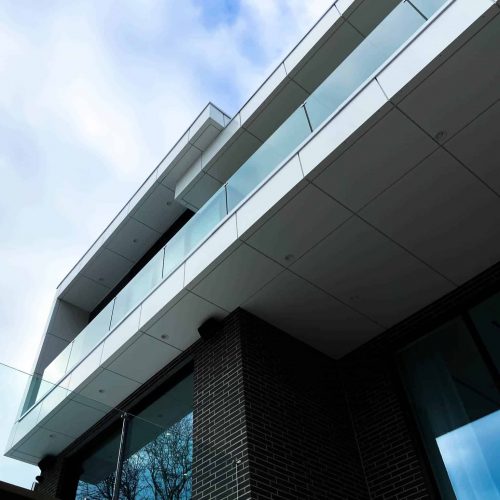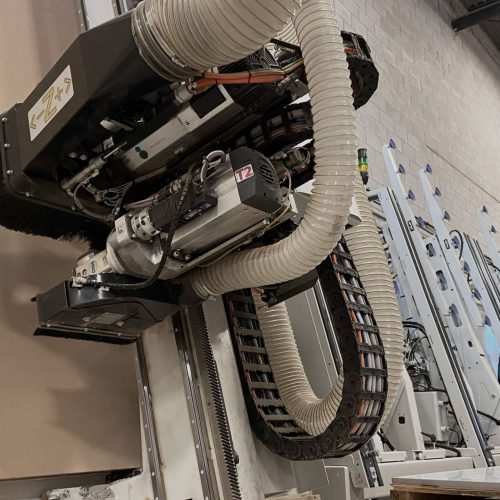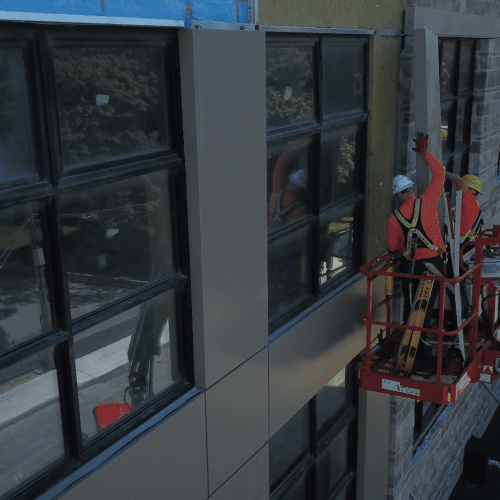AI-powered architectural design programs are improving all aspects of the construction industry. How is it being used to benefit architects and consumers alike? Here are five ways that AI in architectural design is impacting the future of the construction sector.
Improved Architectural Design and Planning
Old school pen and paper methods have been replaced by digital programs that can pull information together quickly to significantly cut down the time it takes to plan and design a building. Software tools and CAD programs are already available today that allow architects to quickly create and alter different building designs, reshaping them in seconds to fit their project requirements. Basic models can also be created in seconds, allowing architects to work faster than ever before. AI can identify errors and inefficiencies, too, helping the designers address hurdles much sooner in the process.
Creates Longer Lasting Materials
Through machine learning and problem-solving, AI is able to provide solutions to complex issues. For example, it can be used to recommend the exact material to use based on the requirements. Plus, artificial intelligence can improve the overall quality of common building materials used today. It can also create entirely new materials that are stronger, more affordable, more eco-friendly and long-lasting.
Enhances User Experiences
With the advancement of AI in architectural design, we have also seen improvements in augmented reality. Architects can now showcase designs and proposed builds through software and apps directly to their customers. Giving clients a preliminary look at the design ensures any changes are made before any money is spent on construction. If that’s not impressive enough, AI is also being used to improve the overall living environment. For example, AI-powered “Smart homes and buildings”, use inter-connected systems to save on heating and cooling bills, keep interiors at a comfortable level year-round, and improve the security of the property. The more frequently these apps and devices get used in the home to make adjustments, such as setting the blinds to block out the sun based on the time of day, the more data gets collected and used to predict the behaviour of users. This helps AI better understand individual preferences and then adjusts the parameters accordingly based on those preferences in the future.
Speeds Up The Planning Process
AI can also help speed up the entire planning and design process by eliminating timely or mundane tasks. It can utilize past construction data and provide insights to designers, enhancing the decision-making process. It has the ability to shift through data at rapid speeds as well to obtain information that could take a builder days to find, such as the legal requirements and building codes surrounding a particular build location or process.
Anticipates Our Needs
AI can provide builders with data analytics and insights that they did not have access to before. Once inputted into their systems, it can be used to provide them with information that can be beneficial to their customers. An example would be a system that informs the designer that the warranty of one customer’s materials is coming due, prompting them to send an email to remind their client that it’s time for an inspection. It could also be used to send updates to customers about new building materials that could replace their current ones based on their preferences that were entered into the database. For example, if a customer was interested in environmentally friendly materials, the system could prompt the builder to email the client information whenever new green materials became available in the future.
Contact us at TMM Alumax to learn how we’re using AI technology in our design and material process today.











